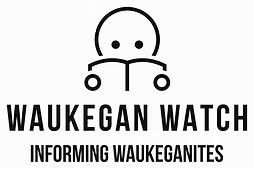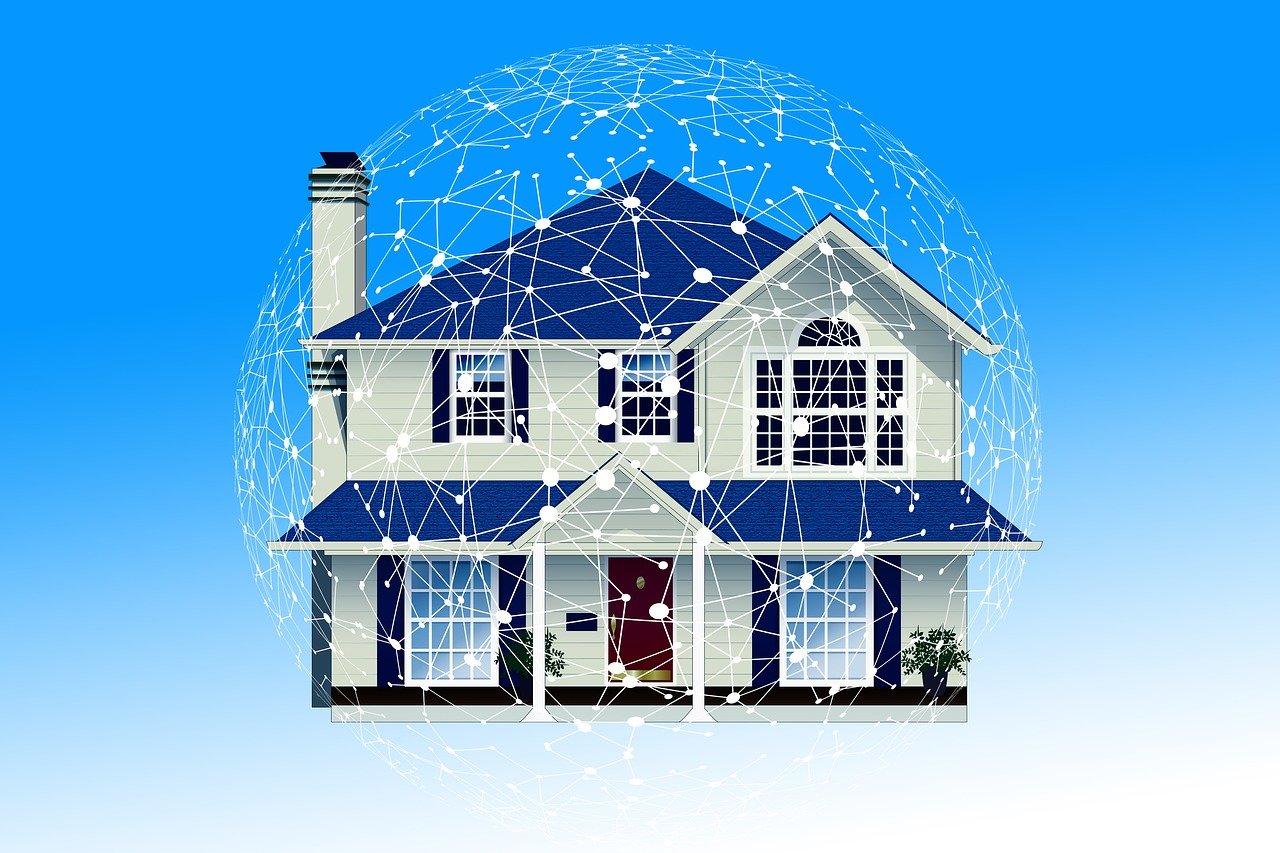Imagine pulling into your driveway after a long day. Before you even step out of the car, your home has already welcomed you. The thermostat has adjusted to your ideal temperature, the front door unlocks automatically as you approach, and a soft, warm glow from the living room lights guides you inside. Your favorite playlist begins to drift through the speakers. This isn’t a scene from a sci-fi movie; it’s the reality of modern living, powered by smart home technology.
Gone are the days when home automation was a niche luxury for tech enthusiasts. Today, it’s a fundamental shift in how we interact with our living spaces, transforming them from static structures into dynamic partners that enhance our security, efficiency, and daily comfort. The conversation has moved from “if” to “which” smart home features are worth adopting. In this article, we’ll explore exactly how smart home features are impacting modern living, breaking down the essential categories that deliver the most significant benefits for your lifestyle, wallet, and peace of mind.
The Foundation: Automating Security and Peace of Mind
For most people, the primary appeal of a smart home starts with security. It’s about more than just deterring burglars; it’s about gaining real-time awareness and control, whether you’re at work, on vacation, or simply upstairs. This layer of constant vigilance provides a profound sense of safety that is quickly becoming a non-negotiable for modern families.
Beyond the Basics: Video Doorbells and Digital Locks
The days of peepholes and hiding spare keys under the mat are over. Smart security starts at your front door. A video doorbell does more than just ring your phone—it acts as a virtual doorman, allowing you to see, hear, and speak to visitors from anywhere. This means verifying a delivery, politely dismissing a solicitor, or even warning a potential intruder that they’re on camera, all without opening the door.
Paired with a smart lock, this system becomes incredibly powerful. Forgot to lock up on your way out? A quick tap on your smartphone takes care of it. Need to let in a dog walker or a family member arriving late? Grant them temporary, scheduled access without needing to copy a key. These connected devices create a flexible, keyless entry system that simplifies life for busy households and provides a clear log of who comes and goes.
Protecting Your Investment with Smart Monitoring
Security extends beyond intrusions. Modern smart home security systems include a suite of sensors that protect your home from internal threats. Smart water leak detectors placed near water heaters, under sinks, or in basements can send an instant alert to your phone at the first sign of moisture, potentially saving you tens of thousands of dollars in water damage.
Similarly, window and door contact sensors aren’t just for detecting break-ins. For families with young children or curious pets, they can send a notification if a back door is opened unexpectedly. For those caring for aging parents, these sensors can provide discreet alerts about movement and daily routines, offering peace of mind about their loved one’s well-being.
Saving Green: The Impact on Energy Efficiency
With a growing awareness of our environmental footprint and the rising cost of utilities, energy efficiency has become a major driver for home automation. The beauty of smart energy devices is that they automate savings, taking the guesswork and discipline out of being eco-friendly.
The Intelligence of Smart Thermostats
This is arguably the poster child for smart home savings. A smart thermostat like a Nest or Ecobee goes far beyond simple programming. It learns your schedule and preferences, automatically adjusting the temperature when you’re asleep or away. Forgot to turn down the AC before leaving for a weekend trip? You can do it from your phone.
The financial impact is tangible. According to Energy Star, a properly programmed smart thermostat can save you up to 10% annually on heating and cooling costs. For larger homes, systems with zone controls can heat or cool only the occupied rooms, compounding those savings. This is a clear example of how energy efficiency in homes is no longer about sacrifice, but about intelligent optimization.
Smart Lighting and Automated Shades
How many times have you left a light on in an empty room? Smart lighting systems solve this with motion sensors and schedulers. Porch lights can turn on at dusk and off at dawn. Hallway lights can illuminate as you walk through the house at night and turn off automatically afterward. You can also control entire groups of lights with a single command, ensuring nothing is left on unnecessarily.
Taking it a step further, automated motorized shades can be scheduled to open and close with the sun. In the winter, they can open during the day to allow sunlight to naturally warm your home, and close at night to provide insulation. In the summer, they can close during the hottest part of the day to reduce cooling costs. This seamless integration is a key trend in smart home technology, making efficiency effortless.
The Ultimate Convenience: Simplifying Daily Tasks
While security and savings are powerful motivators, the “wow” factor often comes from the sheer convenience that automation provides. It’s about offloading small, repetitive tasks to your home, freeing up your mental space and time for what truly matters.
Central Command: Voice Assistants and Smart Hubs
The heart of the convenient smart home is often a voice assistant like Amazon Alexa or Google Assistant. These devices act as a central hub, allowing you to control a universe of connected devices with simple voice commands. “Alexa, good morning,” can trigger a routine that turns on the lights, reads the news, and starts the coffee maker. “Hey Google, I’m leaving,” can lock the doors, turn off all the lights, and adjust the thermostat.
Beyond controlling your home, these hubs serve as family command centers—setting timers while cooking, adding items to a shopping list, playing music throughout the house, or settling debates with a quick internet search. This hands-free control is especially valuable for busy families and individuals with mobility challenges.
Appliances That Work for You
The convenience extends deep into the home with smart kitchen technology and other automated appliances. Imagine a refrigerator with an internal camera that lets you see if you’re out of milk while you’re at the grocery store. A smart oven you can preheat on your way home, or one that guides you through recipes step-by-step. Robotic vacuums like Roomba can keep your floors clean on a set schedule, and smart washers and dryers can send you an alert when a cycle is done, or even steam your clothes to prevent wrinkles.
These smart home devices for convenience are designed to streamline the chores of daily life, giving you back precious moments of your day.
Enhancing Wellness and Property Value
The impact of smart home features isn’t limited to security, savings, and convenience. They are increasingly playing a vital role in promoting wellness and, importantly, in boosting the long-term value of your property.
Smart Features for Healthier Living
Our homes should be sanctuaries that support our well-being. Smart technology is making this possible in new ways. Indoor air quality monitors can track pollutants, allergens, and humidity levels, and can even trigger smart air purifiers or humidifiers to activate automatically. Smart beds can track sleep patterns and adjust firmness to improve rest.
For seniors who wish to age in place, smart home features can be transformative. Voice assistants can provide medication reminders, smart sensors can detect unusual inactivity or potential falls, and automated lighting can help prevent accidents at night. This technology enables greater independence and provides peace of mind for the entire family.
A Future-Proof Investment
Finally, let’s talk about your home’s bottom line. A thoughtfully integrated smart home is a compelling asset in the real estate market. Studies have consistently shown that homes with certain smart features not only sell faster but often command a higher sales price.
What are buyers looking for? They prioritize foundational systems that deliver clear value: integrated smart home security systems, smart thermostats for energy efficiency in homes, and smart locks. These are seen as modern necessities. By investing in these core features, you’re not just enhancing your current quality of life—you’re increasing property value and future-proofing your home against shifting buyer expectations. Smart living spaces are becoming the new standard, and having them already in place is a significant advantage.
Conclusion
The evolution of the smart home has moved far beyond novelty. It represents a fundamental enhancement to modern living, turning our houses into responsive environments that protect us, save us money, simplify our routines, and even care for our health. From the foundational peace of mind offered by automated security to the daily delights of voice-controlled convenience, smart home features are impacting modern living in deeply personal and practical ways.
The future of homeownership is intelligent, personalized, and efficient. By starting with a single, high-impact device like a smart thermostat or a video doorbell, you can begin this transformation today. As you build your system, focus on compatibility and choose devices that solve real problems for your household. This thoughtful approach will not only provide immediate comfort and savings but will also ensure your home is prepared for the demands of tomorrow.
YOU MAY ALSO LIKE: Your Backyard Oasis or a Hidden Hazard? The Homeowner’s Unflinching Guide to Pool Safety

